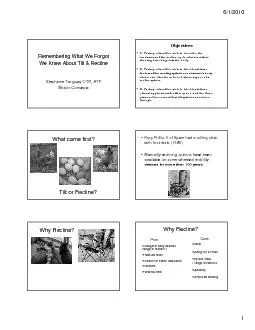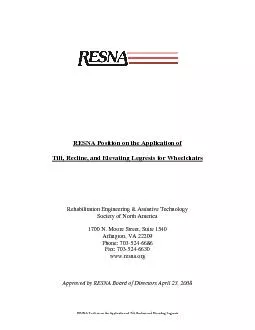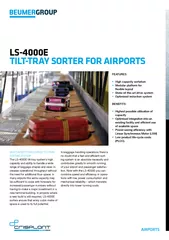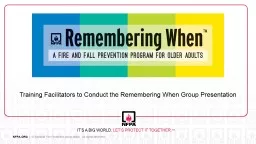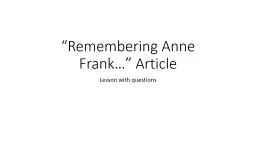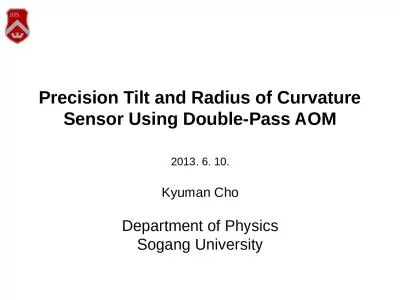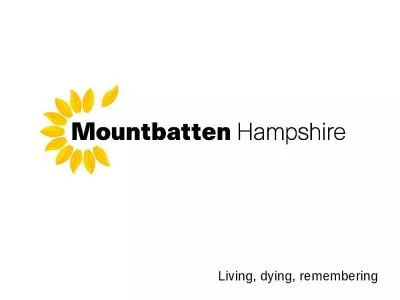PDF-Remembering What We Forgot We Knew About Tilt & Recline
Author : tatyana-admore | Published Date : 2015-10-05
612010 Stephanie Tanguay OTR ATP Participants will be able to describe the mechanics of the recline cycle which results in factors of the seating system or consumer
Presentation Embed Code
Download Presentation
Download Presentation The PPT/PDF document "Remembering What We Forgot We Knew About..." is the property of its rightful owner. Permission is granted to download and print the materials on this website for personal, non-commercial use only, and to display it on your personal computer provided you do not modify the materials and that you retain all copyright notices contained in the materials. By downloading content from our website, you accept the terms of this agreement.
Remembering What We Forgot We Knew About Tilt & Recline: Transcript
Download Rules Of Document
"Remembering What We Forgot We Knew About Tilt & Recline"The content belongs to its owner. You may download and print it for personal use, without modification, and keep all copyright notices. By downloading, you agree to these terms.
Related Documents

